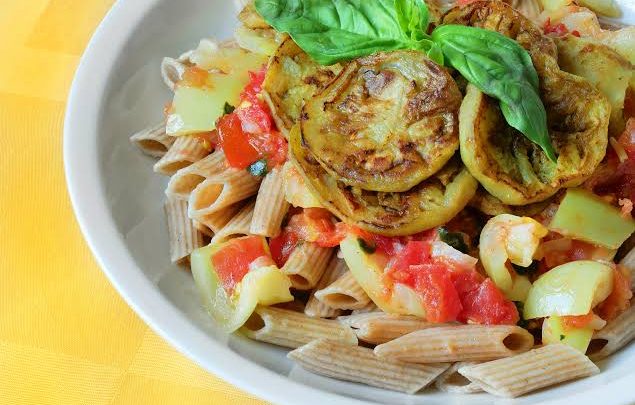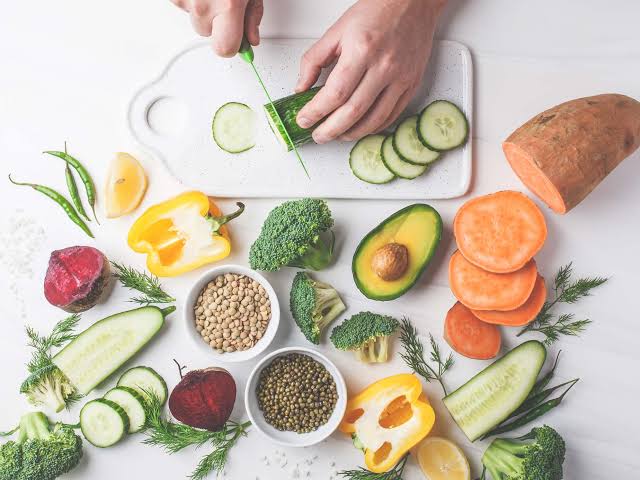Food
Eat Well, Save More: 7 Meal Planning Tips for a Healthy & Affordable Diet

Many people find it challenging to eat healthy because they think that it is costly. Thanks to the prevalence of processed and “instant” foods, consuming healthy foods have become almost impossible for many. Mostly, this is because the mass production prices of these factory-made provisions make natural and organic foods seem a bit more expensive.
However, what many people don’t know is that you can still go for healthy foods without siphoning all your savings. How? By preparing a meal plan.
A meal plan is a summary of what you will eat during a specific period. A healthy meal plan emphasizes the consumption of fruits, vegetables, whole grains, and low-fat or fat-free dairy products, with the inclusion of poultry, fish, lean meat, eggs, beans, and nuts. It also controls the size of your portions and limits your sodium, sugars, and saturated and trans fats intake.
To get started, here are seven tips you can try to make sure your meal plan comprises a healthy diet without breaking the bank:
1. Eat Real Food
Convenience foods are easy to come by, but they are also the priciest food items in the market. Cut costs by removing “instant” and “fast” foods from your meal plan and replace them with real food.
Most people forgo this kind of food either due to lack of time to do the groceries or simply because they have no energy to scour the stores for quality produce. Luckily, you can buy chilled meat from wholesalers and have it delivered to your doorstep. This way, you’ll have enough supply to enjoy real food, keep yourself in shape, and help you save on costs.
Some of the affordable and easy-to-cook meal combos you can try are:
- Oven-roasted chicken paired with baked sweet potatoes and a salad of leafy greens and fresh, colorful veggies covered in mouthwatering home-made dressing
- Baked spaghetti in squash boats, sautéed onions and peppers, and pastured sausage

2. Ditch Those Pre-packaged Salad Mixes
While pre-packed salad mixes seem like the best choice due to the convenience they offer, they cost a lot more than fresh ingredients. Aside from that, they tend to go from crisp to wilted very quickly.
Instead, buy several lettuce heads and create your own mixes. You can try tossing red leaf, romaine, radicchio, and escarole together, and store them in zip-lock bags. After washing and cutting, let them dry completely before putting them in the fridge to make sure they stay fresh longer.
3. Maintain Proper Food Storage to Reduce Waste
After buying food from the grocery, you would also need to store them properly to keep them fresh for your upcoming meals and get the most out of your money.
To do this, you must learn about the different quirks of fresh goods. For example, apples can cause neighboring fruits to ripen more quickly due to the ethylene gas they emit. This is why you must keep them away from other fruits to prevent overripening all the contents of the fruit basket.
4. Cook Food at Home
Aside from being healthier, cooking food at home is much cheaper than heading to the restaurant or ordering takeout.
In general, the cost of restaurant food for one or two people is equivalent to the price of home-cooked meals that can accommodate a family of four. Also, preparing the food you eat personally will allow you to know exactly what you’re putting in your body.
5. Prepare Large Portions and Eat Your Leftovers
While some people prefer to eat freshly cooked food, leftovers cannot be avoided. Whether it’s intentional or not, make sure that you eat your leftovers to save on food expenses and reduce waste. Aside from reheating the food as it is, you can also re-cook your leftovers and make them into brand new dishes like burritos, salads, stir-fries, or even stews.
6. Become a One-Day Vegetarian Every Week
When you want to save and eat healthy at the same time, you have to set a time for eating premium-quality beef and a time for vegetables. For the latter, most experts recommend that you dedicate least one whole day in a week for exclusive vegetable eating.
Becoming a one-day vegetarian will help you save both your savings and your gut. It allows you to spend less with eggs, potatoes, tofu, and leafy greens while sweeping toxins from your body.
7. Save on Herbs and Spices
Herbs and spices are two types of ingredients that make your meals healthy and delicious.
Spices add bold flavors to dishes that allow you to cut back on salt or sugar. However, they can be a bit expensive. Plus, they may not retain their flavor when unused for one to two years.
If there are certain spices that you don’t use very often, consider picking them up from the bulk section where consumers buy the ingredients on a per ounce basis. Aside from having a lower price per unit, they also let people buy just the right amount that they need.
Like spices, fresh herbs are costly, but they also elevate the flavor and nutrient content of your meals. This is why you should never skip them in your dishes, and find ways to still add them to your ingredients list.
One way to do this is to find products that combine different herbs in a single package. These products, which are often labeled as “poultry mix,” contain several herbs such as thyme, rosemary, and marjoram.
Of course, you can always grow your own herbs in the comforts of your own home. Simply buy small pots, plant the seeds, place them on the window sill, and watch them grow into bountiful herbs.
While they may taste a bit differently, dried herbs can be replaced with fresh ones. Just remember the rule of conversion: a three-to-one ratio between fresh and dried herbs. Fresh oregano, sage, rosemary, and thyme are great for this.
The Takeaway
Having a meal plan can help you spend your money wisely and healthily. From ditching convenience foods to cooking your own meals, you’ll find the right method for your meal plan by using this article as a guide.






